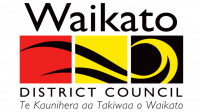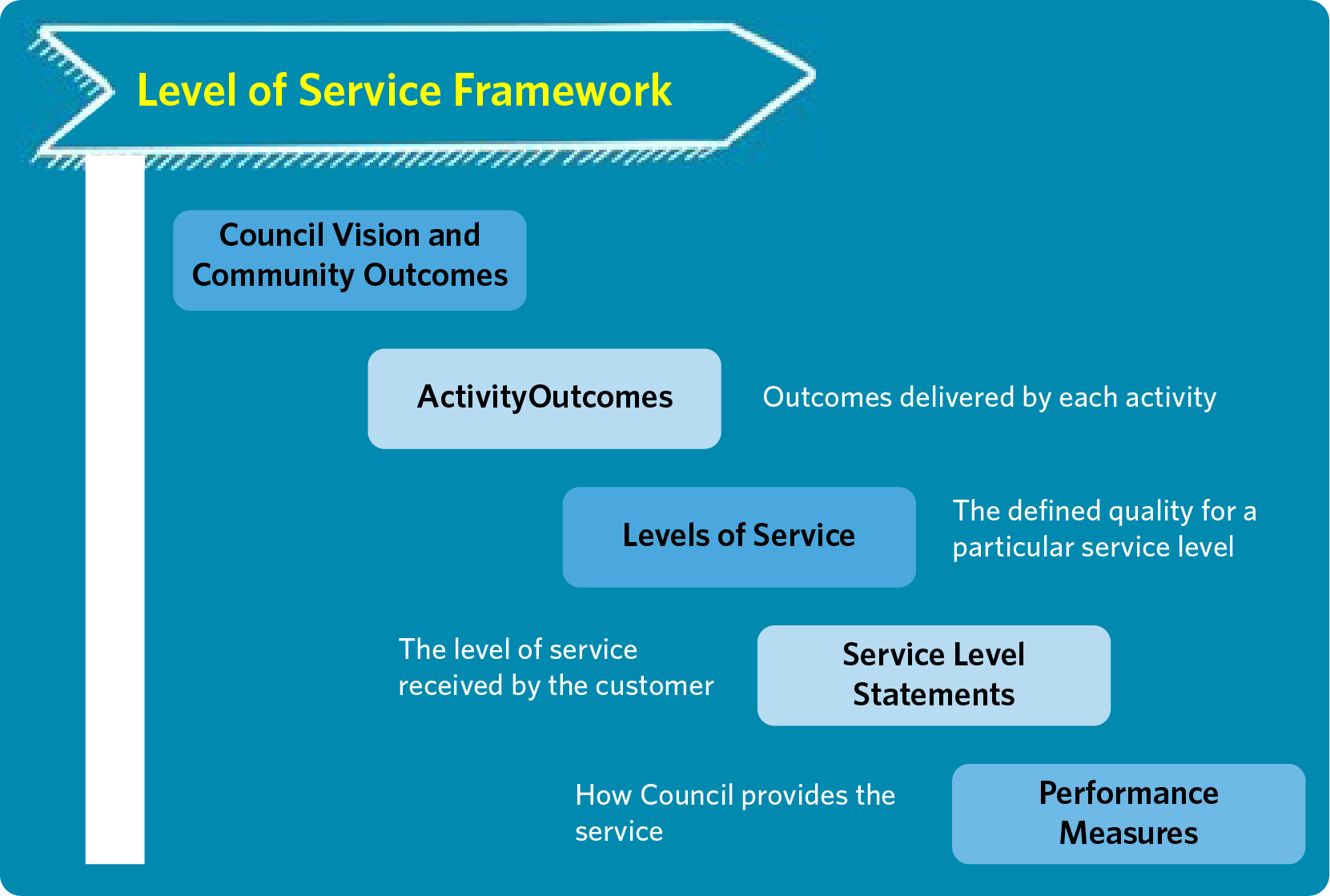 Delivering a clear line of sight from Community Outcomes to Levels (and Cost) of Service.
Delivering a clear line of sight from Community Outcomes to Levels (and Cost) of Service.
Waikato District Council developed a clear and structured way to discuss and agree the organisation’s levels of service (and performance measures) including how these will drive and deliver on the Council’s community outcomes and aspirations. The Council leveraged the One Network Framework approach to provide a common level of service framework across all Council infrastructure activities.
A principle and people-based approach
- The majority of Council measures were technical, asset based and low level. There were limited measures looking at the bigger, strategic picture.
- Existing levels of service did not support clear and easy to understand decision making or drive the right behaviours the Council was looking for. There wasn’t a clear line of sight between the community outcomes the Council were striving to achieve and the performance measures from which we could gauge successful delivery.
- Council needed a clear and succinct way to discuss levels of service and what this meant for Councils planning and investment decision making.
Figure 1. Level of Service Framework
Supporting elected member buy in and decision making
The entire framework was developed with Council’s elected members. The Council team took time to step elected members through each part of the framework, and at each point, sought feedback and direction. Examples of how this was achieved included:
- Taking appropriate time, with supporting expertise and resourcing, to step elected members through each step of the framework so they could understand the different elements and inter-relationships as well as how that then translated into decision making and desired results.
- Identifying and developing the organisation’s levels of service into three specific categories - Strategic, Tactical and Operational, to provide a more comprehensive set of levels of service including clear connection between outcomes, levels of service and cost.
- Elected members ranked the levels of service areas within each of the asset families to give the project team clear guidance on what was important to the District’s communities.
- Developed online access to the draft framework and programme so that elected members could be hands on and better understand what it was and what it helped deliver.
- Developed scenarios that showed different levels of service and what this will look and feel like to the community.
- Had clear risk based conversations for each scenario to support elected members to better understand the pros and cons of each including cost implications.
Developing the framework: from outcomes to levels of service
The framework aligned community outcomes and sought strategic alignment across national, regional, and local outcomes showing a clear line of sight between each. These were then used in a number of other areas including:
- Developing activity based outcomes and service level statements
- Structuring Levels of Service categories into three levels
- One Network Framework Application
- Undertaking a risk-based assessment of each asset group
- Scenarios
- Developing an interactive visualisation tool to support a ‘one stop shop’ for all asset and levels of service information.
The framework was also designed to show the critical relationship between levels of service, associated costs and resulting risks.
 Delivering a clear line of sight from Community Outcomes to Levels (and Cost) of Service.
Delivering a clear line of sight from Community Outcomes to Levels (and Cost) of Service.